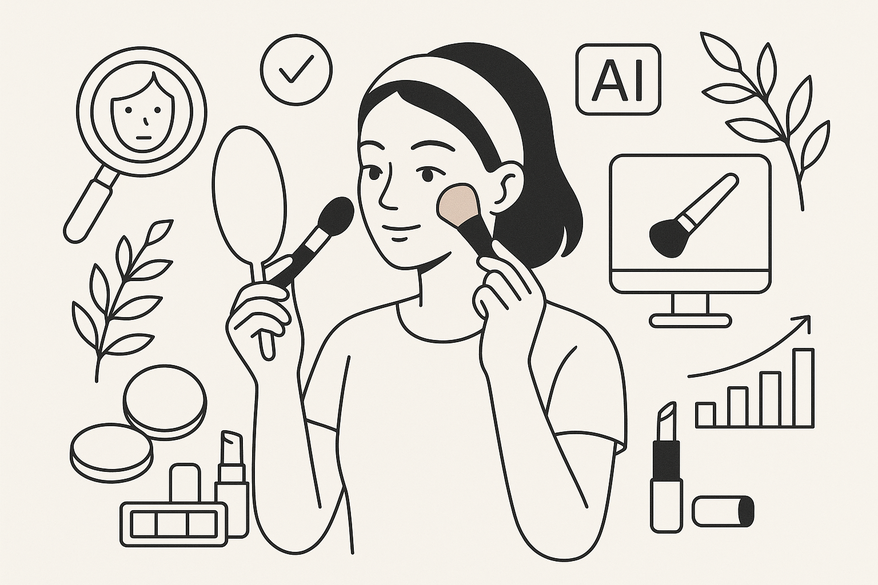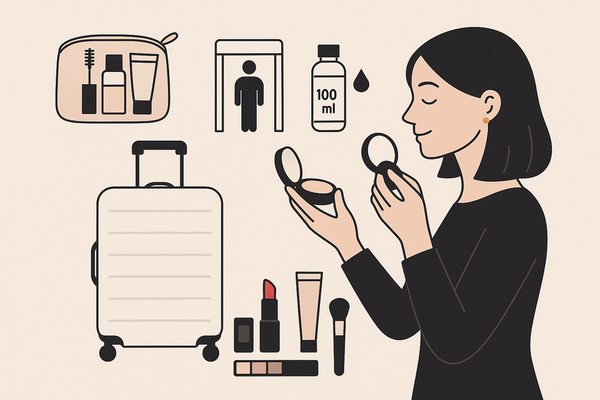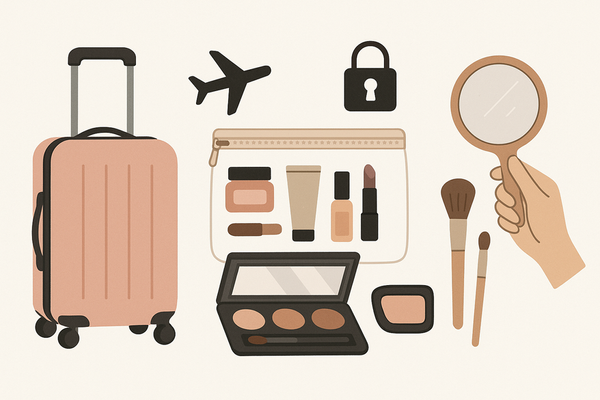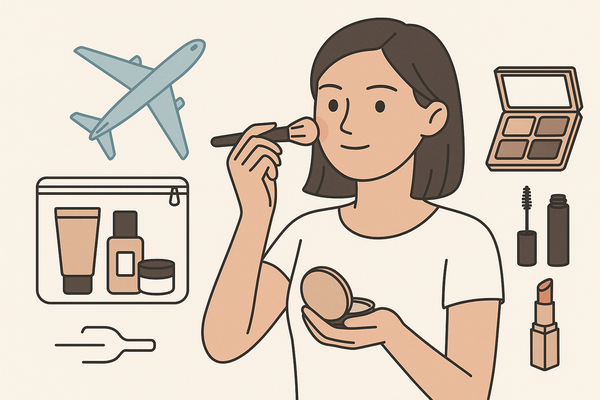Expert Recommendations for Makeup Check AI: Top Tools, Tips & Trends
Discover the expert recommendations for makeup check AI, exploring top tools, tips, and trends that redefine how we apply and personalize cosmetics technology.

Estimated reading time: 8 minutes
Key Takeaways
- Makeup Check AI leverages computer vision and augmented reality for accurate shade-matching and virtual try-ons.
- Top AI tools excel with diverse datasets, strong privacy policies, and accessible UX.
- Experts validate these platforms via standardized tests, usability studies, and real-world case studies.
- Future trends include hyper-personalization, cross-device integration, and enhanced algorithmic fairness.
Table of Contents
- Introduction to AI in Makeup
- Expert Recommendation Criteria
- Top AI Makeup Tools
- Validation Methodologies
- Tips for Choosing AI Tools
- Future Trends
- Conclusion
Introduction to AI in Makeup
Makeup Check AI applies computer vision, machine learning, and AR to analyze skin and recommend cosmetics in real time. This technology transforms how professionals and consumers discover the perfect shade without trial-and-error.
See how it works:
Expert Recommendation Criteria
Leading voices in cosmetic technology, professional makeup artists, and beauty product managers emphasize:
- Accuracy & Fairness: Diverse datasets ensure reliable shade-matching.
- Privacy: Secure data handling and transparent policies.
- Accessibility: Fast on-device performance and voice guidance (AI makeup coach future of beauty tech).
Top AI Makeup Tools
1. Makeup Check AI
- Pros: >95% shade-matching accuracy; real-time AR; tailored recommendations.
- Cons: Requires modern device and stable lighting.
- User Experience: Praised for precision, security, and regular updates.
2. Brand-Specific AI Platforms
(e.g., Coty, Shiseido)
- Pros: Extensive product training; dynamic personalization.
- Cons: Locked to brand ecosystem; varying privacy policies.
- User Experience: Seamless discovery-to-purchase flow with virtual try-on.
Validation Methodologies
- Standardized accuracy tests vs. professional assessments.
- Usability studies with diverse participants.
- Case studies on recommendation outcomes.
- Comparison metrics: speed, UI ease, tone support.
Tips for Choosing AI Tools
- Review privacy policies and shade diversity.
- Test in neutral lighting and clear backgrounds.
- Use AI as a supplement to expert judgment.
- Join expert communities and follow official tutorials.
Future Trends
- Hyper-personalization via larger, diverse datasets.
- Cross-device integration (smart mirrors, wearables).
- Enhanced transparency to reduce bias.
- 3D, interactive AR with live feedback.
Conclusion
Choosing the right AI beauty tools relies on accuracy, security, and usability. Expert recommendations guide us toward platforms that respect privacy, match our unique skin needs, and enhance our routines. As these technologies evolve, stay informed through expert reviews and share your experiences.
FAQ
- What is makeup check AI? AI technology for shade-matching, virtual try-ons, and skin analysis in real time.
- How accurate are AI shade matches? Top tools exceed 95% accuracy using diverse datasets.
- Is my data safe? Leading platforms implement secure storage, encryption, and clear privacy policies.
- Can I use these tools offline? Some on-device models allow offline functionality with limited features.




